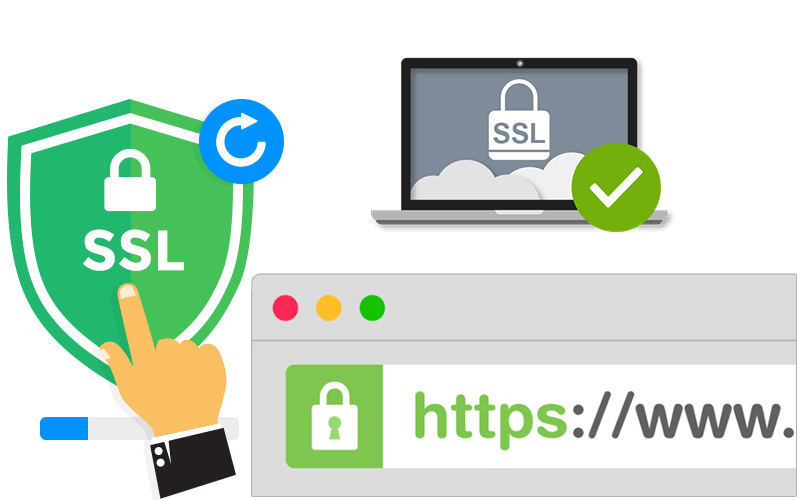In today’s digital landscape, SSL certificates are the linchpin of secure online communication. As an IT journalist, I’ve seen the havoc caused by overlooked SSL issues. Whether you’re a seasoned IT professional or a business owner, knowing how to check your SSL certificate is essential to maintaining trust and security. Here’s your step-by-step guide to mastering SSL certificate checks.
1. The Browser Breakdown: Using Built-in Tools
Your web browser is your first line of defense and inspection for SSL certificates. Here’s how you can check SSL certificates using popular browsers:
Google Chrome:
- Click on the padlock icon in the address bar.
- Select “Certificate” from the drop-down menu.
- Review the certificate details, including the issuer, validity period, and more.
Mozilla Firefox:
- Click on the padlock icon in the address bar.
- Click on the right-facing arrow next to the connection secure message.
- Select “More Information” and then “View Certificate.”
Microsoft Edge:
- Click on the padlock icon in the address bar.
- Select “Certificate” from the menu.
- Examine the certificate details in the window that appears.
These built-in tools offer a quick glimpse into the validity and issuer of your SSL certificate, ensuring that it’s up-to-date and from a trusted authority.
2. Command Line Clarity: For the Tech-Savvy
For those comfortable with command-line tools, OpenSSL provides a robust way to inspect SSL certificates. Here’s a simple command to get you started:
openssl s_client -connect yourwebsite.com:443 -servername yourwebsite.com
This command initiates a connection to the specified server and displays the certificate details, including the issuer, validity dates, and more.
3. Online Tools: Quick and Easy Verification
Several online tools can help you verify SSL certificates without delving into technical details. These tools offer comprehensive reports on your SSL configuration. Here are a few reliable options:
SSL Labs:
- Visit SSL Labs’ SSL Test.
- Enter your website’s URL and start the test.
- Review the detailed report, which includes information about the certificate chain, protocol support, and potential vulnerabilities.
Why No Padlock:
- Visit Why No Padlock.
- Enter your website’s URL.
- Check the results for mixed content issues, SSL configuration, and certificate validity.
4. Automated Monitoring: Staying Ahead
Regularly checking your SSL certificate manually can be time-consuming. Automated monitoring tools can alert you to issues before they become critical. Services like Certbot or SSLMate offer automated solutions for SSL certificate management, ensuring that your certificates are always up-to-date and properly configured.
5. Key Details: What to Look For
When checking an SSL certificate, pay close attention to:
- Validity Period: Ensure the certificate is not expired.
- Issuer: Verify it’s issued by a trusted Certificate Authority (CA).
- Domain Matching: Confirm it’s valid for the specific domain or subdomains.
- Encryption Strength: Check the encryption standards and ensure they meet current security guidelines.
Conclusion: Safeguarding Your Digital Front Door
Understanding how to check your SSL certificate is crucial for maintaining a secure online presence. Whether you use browser tools, command-line utilities, or online services, regular SSL certificate checks can prevent security breaches and build trust with your users. Stay vigilant, stay secure, and let your digital door remain a bastion of safety in an ever-evolving cyber landscape.

Jeffrey Vocell is a Sr. Manager of Product Marekting at HubSpot. Jeffrey is passionate about aviation, tech, and inbound marketing. Connect with him on Twitter @JeffreyVocell.

Leave a Reply